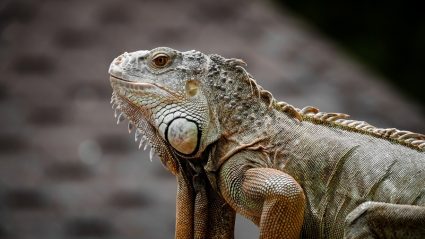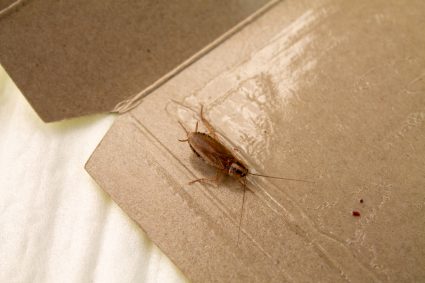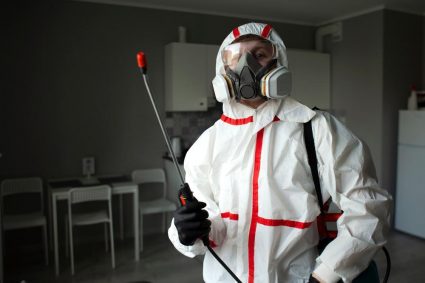
I took up the hobby of woodworking a few months ago. My wife was impressed by my work, so she asked me to make a pair of garden chairs as my next project.
I obliged soon after and went about my business, putting in a lot of hard work over the next couple of weeks.
When it was time for the final touches, I asked her to pick a suitable color except for pink, which kickstarted an exciting discussion, bringing up the topic of using colors to scare bugs away.
Since we didn’t know much about the eyesight of bugs and if colors could repel them, I jumped into research mode.
My findings were fascinating; I learned about the sight of different bugs, the colors they could see, and the ones that attracted or repelled them.
Various insects can’t see specific colors, resulting in them staying away from them or attracting them to more exciting colors.
Below are some colors that don’t interest common bugs:
- Green
- Blue
- Yellow
While these colors can keep some bugs away, they can sometimes attract others. Therefore, it’s important to choose colors wisely when using them to repel insects.
Here is what I learned about how different insects see colors, how their vision changes from one another, what colors repel bugs, and what colors to avoid when keeping insects away:
How Colors Affect Insects
It’s essential to understand how colors affect bugs to use colors to repel them effectively. Different insects react to colors differently, mainly based on their ability to see them.
Colors trigger emotional responses in bugs, such as interest, uncertainty, or fear. As a result, using colors to trigger emotions that scream “boring” is the best way to keep bugs away.
Insect Vs. Human Sight
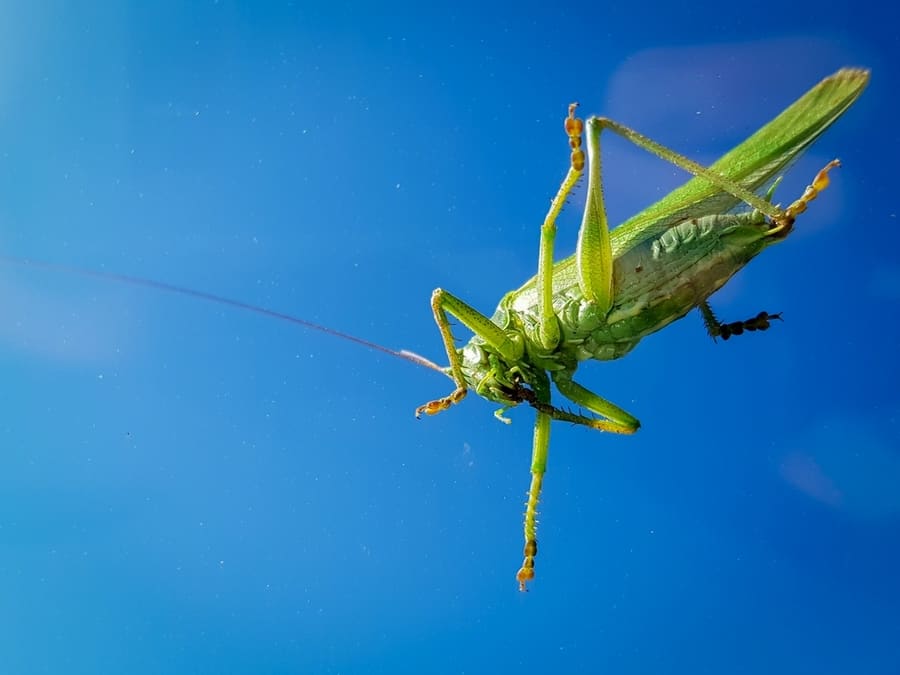
Different animals can “see” colors belonging to specific ranges of frequencies. The spectrum of colors insects can see is slightly higher in frequency than humans.
As a result, insects cannot see red, the color with the lowest frequency in the human visual spectrum.
Since their vision captures higher frequencies than the sight of humans, they “see” light that humans are incapable of seeing.
For instance, insects see ultraviolet light, just as humans see colors.
Bugs might have a more exciting name for ultraviolet light than we humans.
Trichromatic Vs. Dichromatic Vision
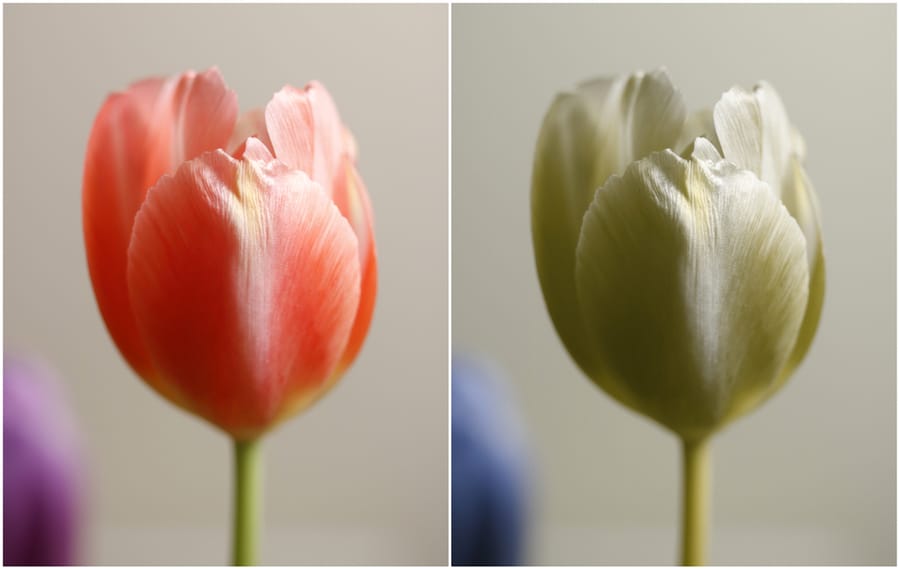
Humans and some insects, such as bees, have trichromatic sight since eyes feature three pigment receptors that allow them to differentiate between a broader range of colors.
As a result, their visual spectrum is more comprehensive and diverse compared to many other species with lesser pigment receptors in their eyes.
Most bugs have dichromatic vision. Their eyes only have two types of pigment receptors that identify colors.
As a result, they have a limited color spectrum and difficulty identifying mixed colors. Common pets, such as dogs and cats, are also dichromatic.
Using Colors To Repel Bugs
Insects have evolved their eyesight to identify food sources and threats over millions of years.
The vision of some insects, such as honey bees, covers a broader spectrum since they need to identify flowers that are diversely colored.
In contrast, some bugs, such as spiders, have developed limited vision due to the nature of their types of food and general operating hours.
When repelling insects, the focus should be to choose colors that are difficult to identify.
Bugs usually avoid undetectable or hard-to-detect colors due to a lack of interest. Areas they can not see can trigger emotions such as uncertainty or fear.
As a result, they would instead approach colors they can see, with finding food being their primary objective.
1. Green
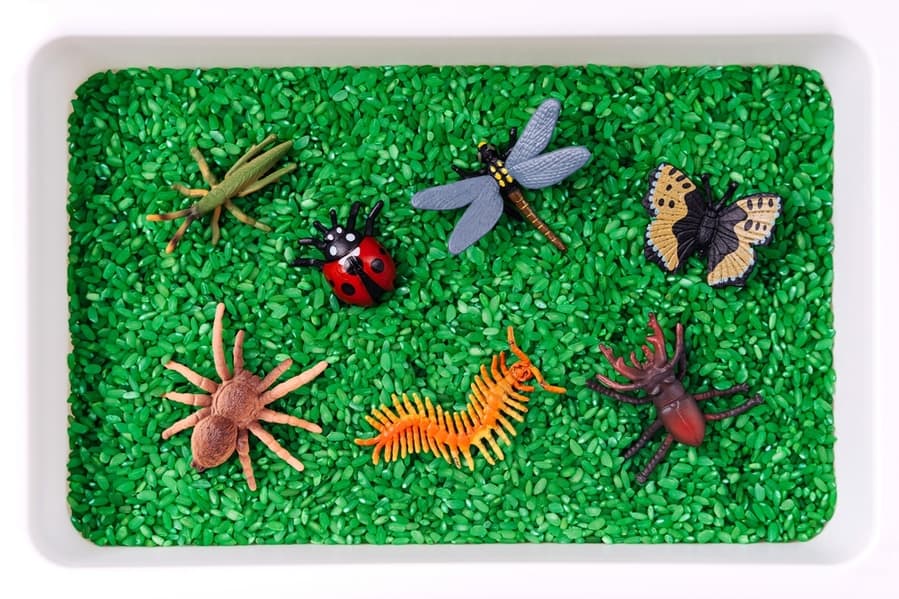
The color green is difficult to detect for many insects, especially spiders. As a result, using green is a great way to keep spiders from residing on outdoor furniture.
2. Blue

This is the most popular color when it comes to keeping bugs away.
Most insects, including termites, wasps, bees, and many others, show no interest in the color blue. As a result, they are attracted elsewhere.
Blue is an excellent way to keep spiders away since it repels wasps that spiders love preying on.
However, blue has a downside since it has a reputation for attracting flies. Mosquitos are also attracted to dark shades of blue.
3. Yellow
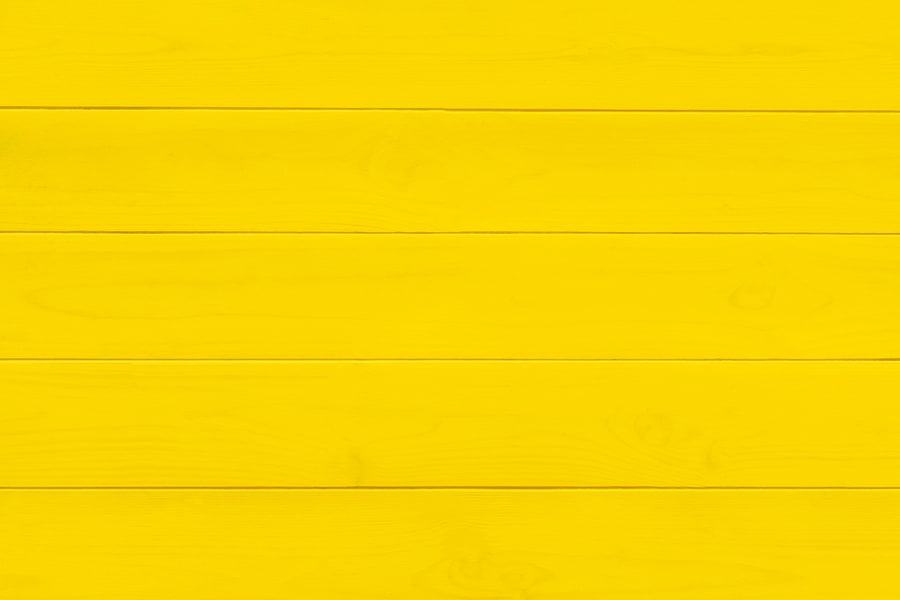
Using yellow color, including bulbs emitting yellowish light, are great at keeping various insects away, including flies.
Many insects don’t find the color yellow attractive. As a result, they choose more promising destinations.
Dark Vs. Bright Colors

Bugs such as mosquitos and flies prefer to operate in dark surroundings.
As a result, darker colors, such as black, brown, and navy blue, trigger emotions of comfort and safety in mosquitos and flies.
Dark colors also attract mosquitos since they trap heat, similar to warm bodies, their primary food source.
Brighter hues can keep uninterested mosquitos and flies away, although they attract honey bees.
Conclusion
Using colors to repel bugs is about picking colors that do not interest a particular insect.
Some colors attract certain insects while repelling others, making it challenging to choose the perfect color to resolve bug problems.
While no color repels all insects, prioritizing which bugs to keep away helped me find the best solution.
I decided which bugs to keep away from and narrowed down bees, wasps, and flies as my main targets.
Then I had to pick a color carefully. I used a simple tick and cross table to make things easier and decided to use the color blue.
When selecting the shade of blue I wanted, I opted for a brighter hue of blue, keeping in mind that dark colors attracted insects such as mosquitos and spiders to darker colors.
Overall, the method proved fruitful as we noticed significantly reduced bug activity around the chairs.
Frequently Asked Questions
What Color do Lights Keep Bugs Away?
Colors such as Green, Blue, and Yellow can repel some insects.
However, knowing what type of bug needs to be discouraged is essential since a color that repels a particular bug can attract another.
What Color Exterior Paint Keeps Bugs Away?
Bright colors generally keep mosquitos away since they prefer dark surroundings.
However, honey bees are attracted to bright colors, especially yellows.
Similarly, green and blue can keep certain insects away, such as spiders, wasps, bees, and termites.
What Color Is Invisible to Bugs?
Red is invisible to bugs since its visual spectrum is slightly higher.
As a result, they can’t see the color red, which has the lowest frequency in the human optical spectrum.





